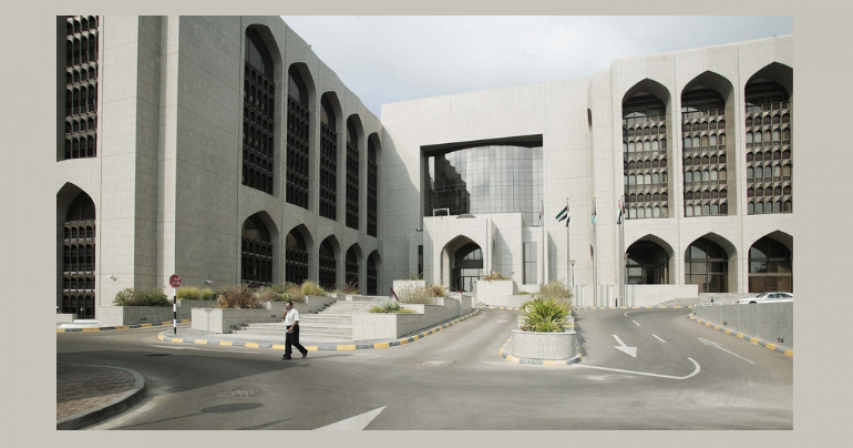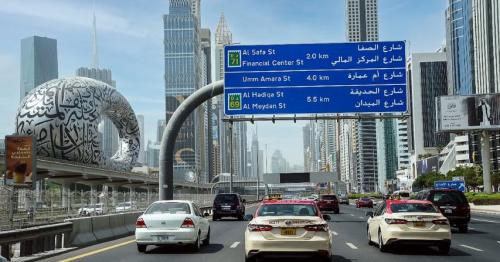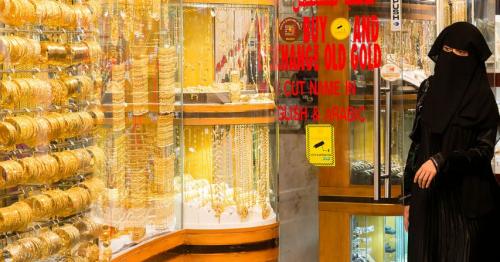UAE Gross Banks' Assets Surpass Dh4.1 Trillion, Reflecting Economic Resilience

Amidst the evolving landscape of the United Arab Emirates' (UAE) financial sector, the Central Bank of the UAE (CBUAE) recently released its monetary and banking developments report for January 2024. The findings reveal a notable uptick in gross banks' assets, reaching over Dh4.1 trillion by the end of January 2024. This increase, alongside other key indicators, underscores the resilience and dynamism of the UAE's economy in the face of global uncertainties.
The report highlights that gross banks' assets, inclusive of bankers' acceptances, expanded by 0.8 percent from Dh4.075 trillion in December 2023 to Dh4.109 trillion in January 2024. This growth reflects continued confidence in the UAE's financial institutions and their ability to navigate challenging economic conditions.
In tandem with the growth in assets, gross credit witnessed a modest increase of 0.2 percent, reaching Dh1.996 trillion by the end of January 2024. Notably, this growth was primarily driven by a 1.9 percent surge in foreign credit, offsetting a slight decline in domestic credit. While domestic credit saw marginal contraction, credit to the private sector recorded a commendable uptick of 0.5 percent during the same period.
Total bank deposits also experienced a positive trajectory, rising by 0.7 percent to Dh2.539 trillion by the end of January 2024. This increase was attributed to the growth in resident deposits, particularly in the government sector, public sector, and private sector. However, non-resident deposits witnessed a slight decrease, reflecting potential shifts in global economic dynamics impacting foreign investment patterns.
The expansion of the monetary base by 1.8 percent further underscores the CBUAE's proactive measures to maintain liquidity and support economic growth. The rise in monetary bills and Islamic certificates of deposit contributed significantly to this increase, signaling confidence in the UAE's monetary policy framework and financial stability.
Analyzing the money supply aggregates, M1, M2, and M3, provides valuable insights into the broader monetary landscape. While M1 experienced a marginal increase of 0.1 percent, driven by a rise in currency in circulation outside banks, M2 and M3 witnessed more substantial growth rates of 0.2 percent and 1.3 percent, respectively. This growth was fueled by increased M1 and quasi-monetary deposits, underscoring sustained liquidity in the economy.
Moreover, the surge in government deposits by Dh27.9 billion contributed significantly to the expansion of M3, reflecting the government's proactive fiscal measures to stimulate economic activity and support key sectors.
The CBUAE's report serves as a testament to the resilience and adaptability of the UAE's financial ecosystem amidst evolving global economic dynamics. By maintaining robust asset growth, credit expansion, and liquidity management measures, the UAE continues to position itself as a regional financial hub and a beacon of stability in turbulent times.
In conclusion, the latest monetary and banking developments underscore the UAE's unwavering commitment to fostering economic resilience, promoting financial stability, and driving sustainable growth. As the nation navigates through a complex global landscape, these indicators serve as guiding beacons, reaffirming confidence in the UAE's economic prospects and its ability to weather challenges with resilience and fortitude.
By: Sahiba Suri





Comments